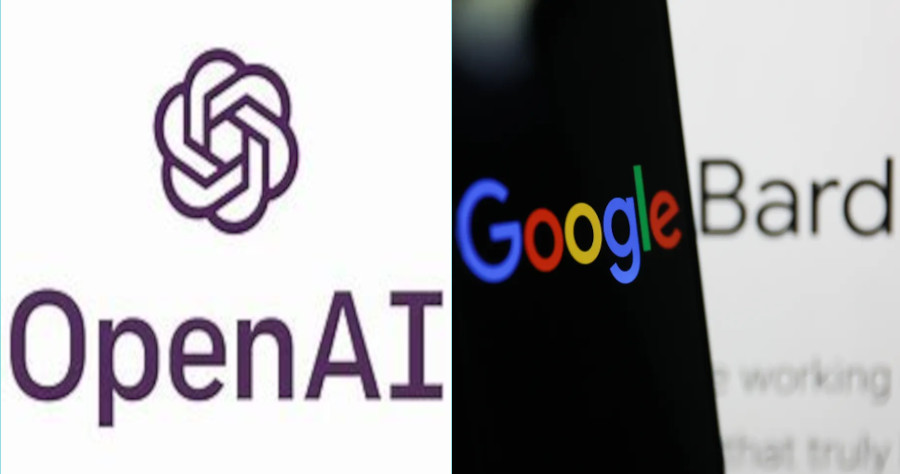The shift to remote work during the COVID-19 pandemic significantly impacted contact center agent jobs, with many transitioning to a work-from-home model. While the pandemic’s intensity has diminished, a substantial number of agents are expected to continue remote work in the long term. Deloitte Digital’s recent global contact center survey reveals that 69% of organizations currently maintain work-from-home programs, and 73% of those anticipate sustaining such programs in the next two years.

This trend has sparked a transformation in the technological landscape of contact centers. A rapid shift to cloud technologies has been a prominent change to facilitate remote work, with analytics, CRM, knowledge management, interaction recording, and workforce management systems moving to the cloud by approximately 50% over the last two years, according to Deloitte’s data.
The priorities for customer service organizations now encompass artificial intelligence, analytics, self-service automation, agent enablement, and infrastructure upgrades. Gartner’s customer service and support tech trends report also highlights similar investment focuses, such as case management systems, internal collaboration tools, cloud-based systems, knowledge management systems, and customer analytics dashboards.
Analytics is expected to undergo significant deployment growth this year, with predictive analytics, digital experience analytics, customer journey analytics, sentiment analytics, and digital experience analytics being key methodologies.
Conversational intelligence is a central technological innovation in modern customer service operations. It involves extracting sentiment and details from customer interactions, analyzing these interactions on a large scale, and providing insights into customer concerns across diverse communication channels.
Gartner predicts an increasing value in virtual customer assistants and chatbots, with three-quarters of leaders indicating the high value these technologies will bring to their organizations in the next two years. Similarly, customer self-service and assisted service are deemed crucial for future success.
The integration of artificial intelligence, particularly for sentiment analysis and problem resolution, is gaining prominence. AI’s role in categorizing interactions, scoring sentiment, and facilitating customer interactions in real time is becoming indispensable.
Generative AI is another critical development, with its ability to provide automated responses across multiple digital channels. While concerns of generative AI replacing human agents exist, experts emphasize that it should complement, not replace, human agents.
he evolution of remote work has brought substantial technological changes to contact centers. Cloud technologies, CRM, analytics, conversational intelligence, AI integration, and generative AI are at the forefront of these advancements. These transformations aim to enhance customer experiences and navigate the challenges of modern customer service operations.





